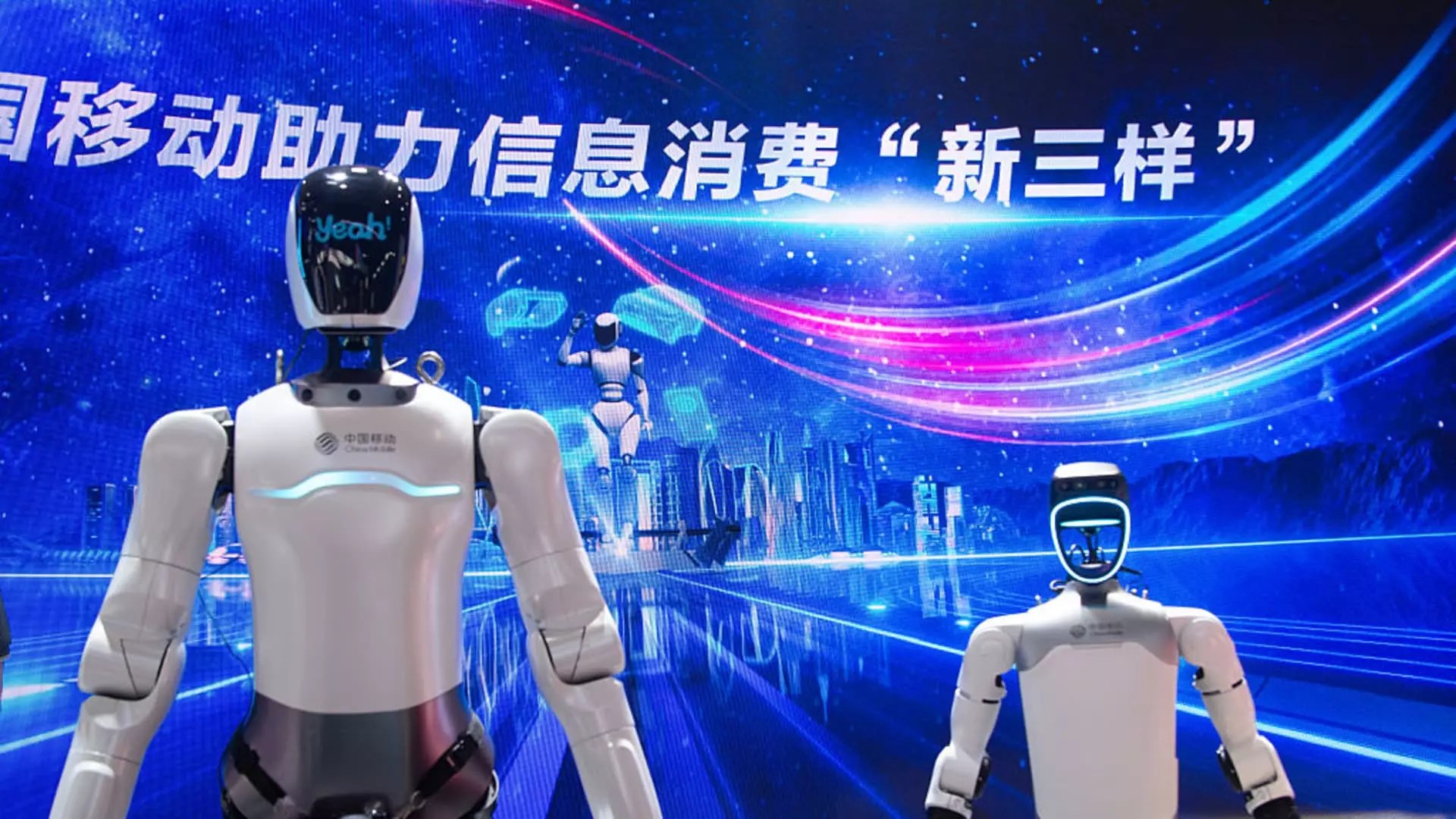In the evolving landscape of technology and mobility, the prospect of humanoid robots is not merely a futuristic fantasy; it represents a significant paradigm shift that businesses, especially auto parts suppliers, must embrace. According to Morgan Stanley analysts, there is an anticipated growth wave paralleling the rise of humanoid robots akin to the impact electric vehicles (EVs) had on the automotive supply chain. This concept of disruptive innovation serves as a clarion call for the industry, demanding a reevaluation of production capabilities and market strategies.
The auto parts suppliers have historically thrived during periods of transformative technological advancement, showcasing their adaptability and foresight. The advent of electric and smart vehicles significantly boosted the sector. As analysts predict a potential humanoid market valued at $800 billion in China and $5 trillion globally by 2050, suppliers may find themselves at the heart of yet another industrial revolution. Yet, the perils of complacency loom large. Suppliers must accurately gauge their readiness to pivot toward this burgeoning market and innovate their technological frameworks to harness the opportunities humanoid robots present.
Tiered Supply Dynamics: The Crucial Role of Assembly
The report by Morgan Stanley categorizes suppliers into “tier-1” and “tier-2” categories, a distinction that has significant ramifications for future business strategies. Companies like Sanhua, regarded as tier-1 module assemblers, are posited to snag assembly orders irrespective of the technological path chosen for humanoid development. In stark contrast, tier-2 producers, such as lidar or chip manufacturers, face heightened uncertainty. This disparity underscores a pivotal insight: for auto parts suppliers to remain relevant, they must prioritize their roles within this hierarchical structure.
As variable components like screws and bearings become increasingly specialized for humanoid robotics, tier-1 suppliers, armed with the expertise in actuator manufacturing and other essential parts, stand poised for substantial growth. This is where profitability meets strategy; capturing 47% to 60% of production costs indicates a lucrative prospect for these suppliers. However, the question remains—can they evolve their manufacturing capabilities swiftly enough to keep pace with the rapidly changing demands of the humanoid market?
Investment Shifts: The Rising Stars of the Auto Parts Sector
Focusing on Morgan Stanley’s analysis, specific companies are being spotlighted as may likely benefit most from this trend. Tuopu, for instance, has a price target of 63 yuan, projecting a possible upside of nearly 39%. They specialize in actuators, the lifeblood of mechanical movement in both cars and humanoid robots. This dual capability bolsters Tuopu’s strategic positioning, yet their dependence on Tesla and the volatility of orders from such a flagship automaker raises red flags.
Sanhua’s enhanced forecast—20% market potential through its humanoid actuator modules—illustrates its ascent towards a vital player in the sector. Even as the geopolitical climate introduces risks, such as U.S.-China tensions that threaten operational continuity, the decision to establish a plant in Thailand embodies a proactive strategy in risk mitigation. The overarching lesson is clear: adaptability to market conditions, geopolitical landscapes, and consumer preferences will dictate survival and success in an unpredictable future.
The Technological Arms Race: Humanoid Robotics vs. Traditional Manufacturing
However, the road to transforming auto parts suppliers into humanoid robot manufacturers is fraught with uncertainty. It remains ambiguous how easily these businesses can pivot. Technological know-how, investment in new machinery, and labor skills will need to shift dramatically. As of now, the industry landscape brims with skepticism about the pace at which humanoid robotics will gain traction.
Moreover, entering this new market isn’t without challenges. The complexity surrounding humanoid robotics manufacturing, including their design and production intricacies, could outpace what traditional auto parts suppliers are prepared to handle. Therefore, suppliers need to engage in strategic partnerships, invest in research and development, and foster workforce training in advanced robotics technologies if they aim to remain competitive.
The Horizon of Opportunity: A Call for Visionary Thinking
The potential for auto parts suppliers’ growth hinges not only on immediate financial forecasts but also on visionary thinking. Embracing an entrepreneurial spirit will be crucial, as the most forward-thinking entities will likely seize the first-mover advantage in this competitive marketplace. The convergence of technological innovation with societal need for mobility solutions could redefine personal and industrial transportation, making it imperative for suppliers to redefine their narratives around capabilities and aspirations.
In an era characterized by rapid technological evolution, staying attuned to consumer trends and the shifting landscape of mobility will also be vital. The auto parts supply chain must acknowledge that the future may not simply be about mechanical mobility but rather about enriching human experiences through intelligent, responsive robots designed to assist, enhance, and, ultimately, elevate everyday life. This holistic approach will define the next chapter in mobility—a chapter dominated by intelligent machines and embodied by those suppliers daring enough to pivot effectively.


Leave a Reply